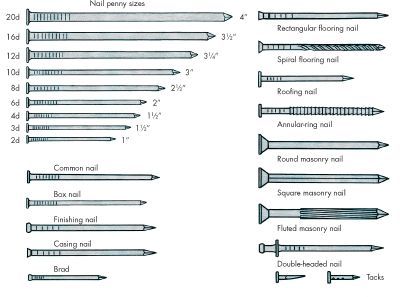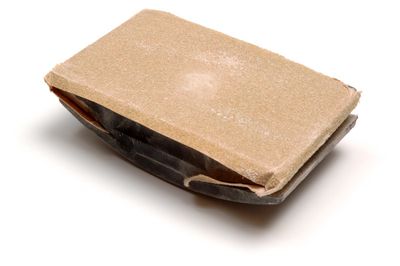
Steel wool can be used instead of fine sandpaper for many sanding jobs. The very fine strands of steel gently cut into the surface being sanded, removing an ultra-thin layer. The main advantage of using steel wool rather than sandpaper is that the steel wool can compress to almost any shape, so it can be used much more easily in hard-to-reach places, as well as on complex shapes such as beveled edges or moldings.
There are a number of different grades of steel wool, from the coarsest, number 5, to the finest, 0000. The coarsest grades can be used to remove paint, varnish or finish from wood to prepare the article for further work. The finer grades are particularly useful for the delicate work of sanding between finishes (cutting back). If you wish to "rub out" a final coat at the end of the finishing process, the finest steel wool is good for this job, too. The wool leaves a particularly satiny feel because it cuts rather than abrading or tearing the surface. Use short rubs around the edges of the work, and long strokes with the grain on large flat surfaces.
Advertisement
The disadvantage of steel wool is that it can rust when it gets wet. This means it's not suitable for use between layers of water-based finishes or paint. Small pieces of the wool often break off during the sanding or rubbing process, and any that are left behind could leave rust stains. Likewise, it's not recommended to use steel wool on plaster, since the pieces may become stuck in the plaster and rust there. This problem can be overcome in some cases by careful cleaning with a soft cloth or by running a strong magnet over the surface to pick up the remaining pieces of steel wool.


